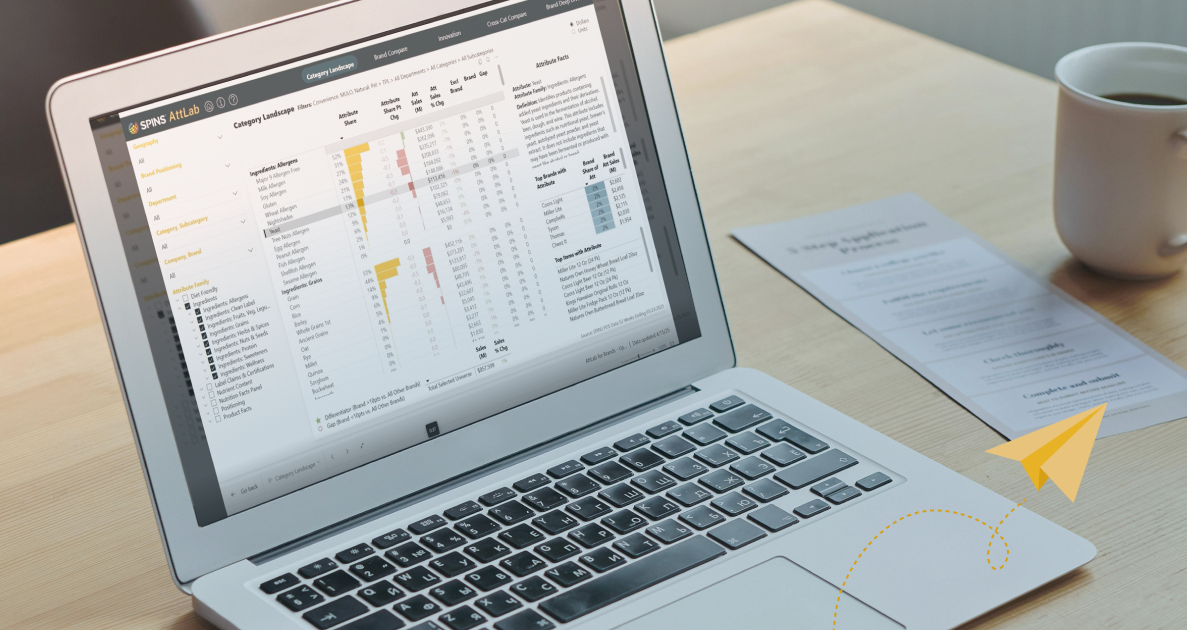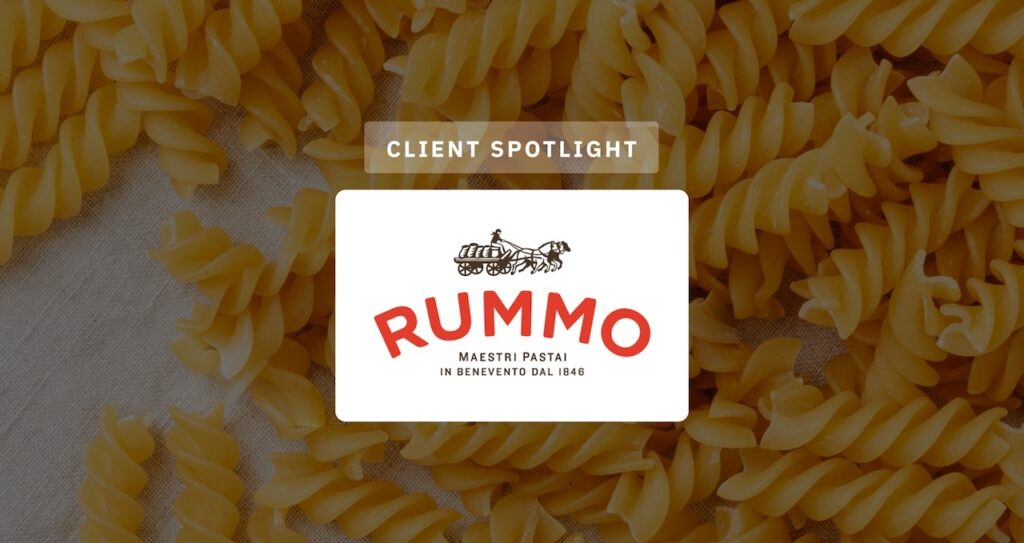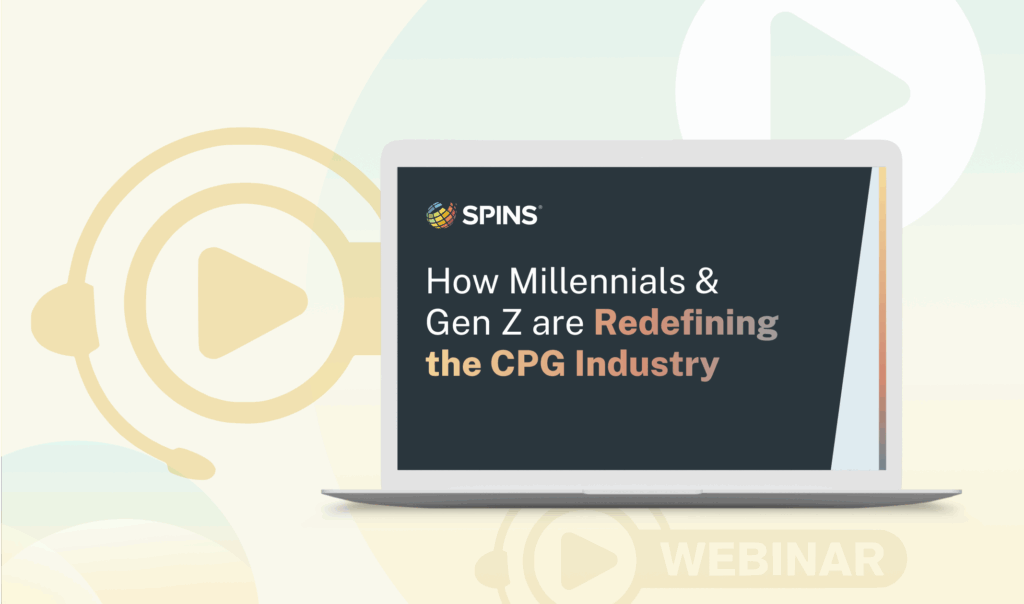Introduction
Consumers’ preferences speak loudest through their purchasing decisions. One of the most direct ways to understand what truly matters to shoppers is by analyzing label claims and certifications—the visible promises brands make on their packaging that communicate specific values and benefits.
When planning your next innovation, a structured approach to analyzing these claims can mean the difference between a product that resonates with consumers and one that misses the mark entirely.
The Six-Step Framework for Label Claims Analysis
- Start broad, then narrow your focus. Begin by orienting yourself across the total store to identify macro trends in label claims. This bird’s-eye view helps distinguish between passing fads and substantial consumer movements before you commit resources.
- Contextualize with category-specific insights. Drill down into your specific category to understand how label claims perform in your particular market segment. Consumer preferences can vary dramatically across different product categories—what drives sales in beverages may not translate to snacks.
- Benchmark against competitors. Assess how leading brands in your category are incorporating specific label claims and measure their success. This competitive context is crucial for positioning your innovation effectively.
- Validate with new product performance. Examine recent launches to determine which label claims are gaining momentum with new innovations. The attributes driving new product success today often signal tomorrow’s must-have features.
- Test for pervasiveness. Cross-reference your findings across multiple categories to confirm whether a trend is category-specific or represents a broader consumer shift. This validation step helps ensure you’re tracking genuine preference changes rather than isolated category quirks.
- Develop a targeted competitive strategy. Conduct a deep dive on brands successfully leveraging your target label claim. Understanding their specific approaches and top-performing products informs both defensive and offensive innovation strategies.
Walking Through the Analysis: A Practical Example
Let’s examine how this framework plays out with a real example: gluten-free claims in the snack category.
1. Orient with the Category Landscape
Starting with the total grocery department, you might discover that 39% of dollar sales come from products with gluten-free claims, representing a 1.2% increase from the previous year. This broad view immediately signals growing consumer interest in gluten-free options.
Pro Tip: Assess what’s trending using critical sales KPIs like dollars, units, share, and growth rates.
2. Drill Down to Specific Categories
Once you have a high-level view of attribute trends across the entire store, the next step is drilling down into specific categories or subcategories.
Focusing specifically on granola and snack bars reveals even stronger performance: 50% of category sales come from gluten-free products, with 4% growth compared to just 2% for the total category. This category-specific analysis shows gluten-free claims aren’t just trending—they’re essential in this space.
Pro Tip: Deep-dive any attribute in any aisle to understand category-specific dynamics.
3. Assess Competitors on Label Claims
Finding a winning trend is just part of the journey. Now we’ve got to look at the competitive context.
Examining the top five granola bar brands reveals that all have some percentage of their sales from gluten-free products. This universal adoption among category leaders signals clear consumer demand and validates the business case for gluten-free options.
Pro Tip: Pinpoint how competitors rank on product and preference attributes to understand competitive necessity.
4. Explore New Item Launch Trends
The next step in our analysis is to assess the prevalence and share of the attribute in new item launches. Some tools like Mintel might track new product launches, but only SPINS AttLab backs up the trends with real point-of-sales data.
The innovation analysis reveals that 80% of new granola bar dollars come from gluten-free products, compared to only 49% in the previous year. This explosive growth in launches, backed by actual sales data, shows the trend’s momentum.
Pro Tip: Track new item launches with real sales data to identify emerging opportunities.
5. Look at Overall Trends Across Categories
Separating fad from sticky trend can be tricky. One way to fad-proof your analysis is to look at a single label claim or certification and assess its performance in all other categories.
Cross-category analysis shows gluten-free performance varies significantly: 73% of snack bars carry the claim with 8% dollar growth, while other categories show different patterns. This cross-reference validates that gluten-free is particularly powerful in certain segments.
Pro Tip: Validate consumer signals by contrasting performance across every aisle to separate category-specific trends from universal shifts.
6. Brand Deep Dive for Label Claims
The final step provides a brand scorecard showing exactly which companies are winning with gluten-free products, their share of attribute sales, and their growth contributions. This granular view reveals specific competitive threats and opportunities.
Pro Tip: Develop detailed competitive defense and offense strategies for your new product concept
Separating Signal from Noise
The goal isn’t simply chasing trends—it’s identifying meaningful consumer preferences that align with your brand positioning and can drive sustainable growth. This analytical framework transforms scattered data points into actionable innovation insights that guide your product development from concept to shelf.
Remember that consumer preferences expressed through purchasing behavior provide the most reliable foundation for innovation decisions. By systematically analyzing label claims and certifications, you’re tapping directly into what consumers value enough to spend their money on, making your next innovation far more likely to succeed in the marketplace.
Ready to uncover data-driven insights that can fuel your next successful CPG innovation? SPINS AttLab provides the advanced analytics and market intelligence you need to make informed decisions. Learn more about SPINS AttLab.






